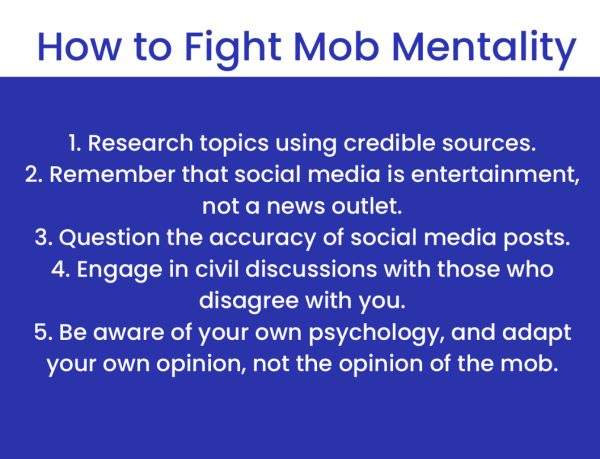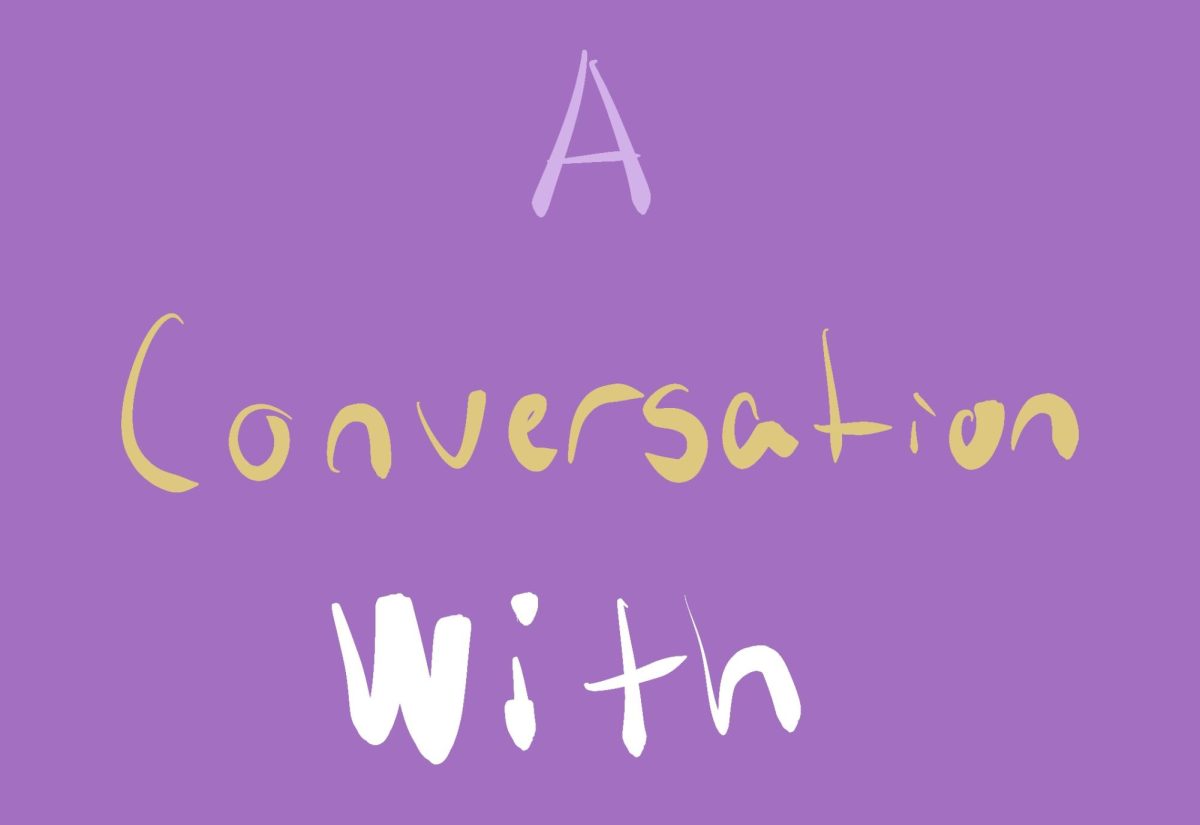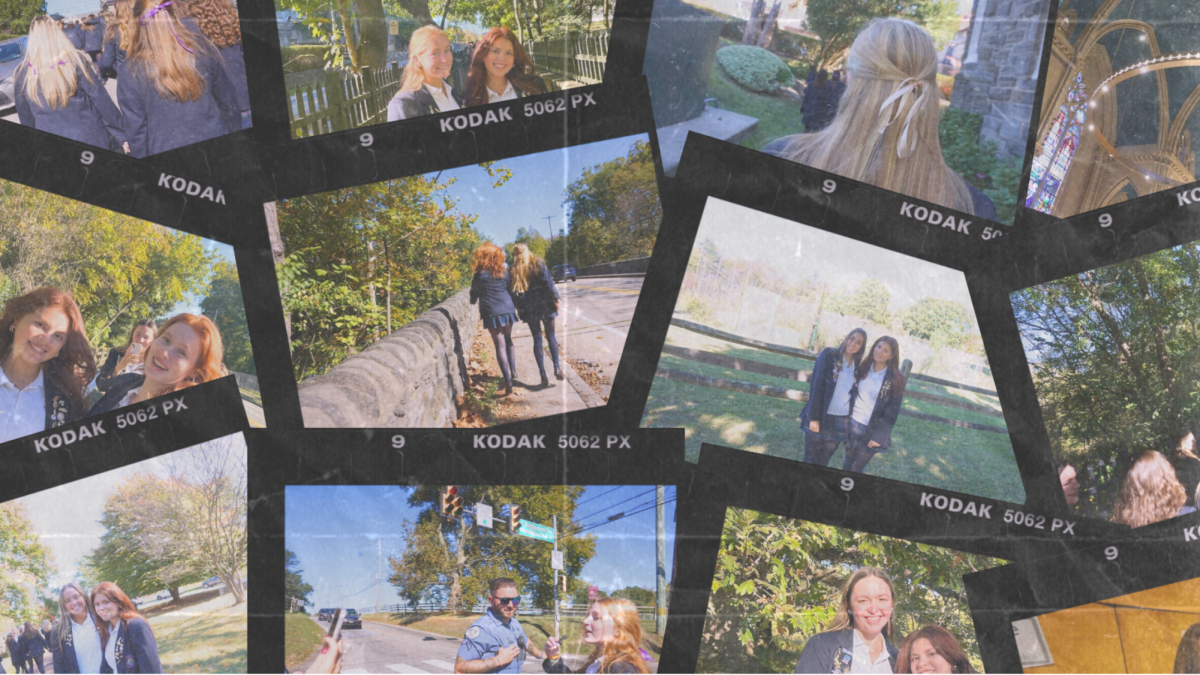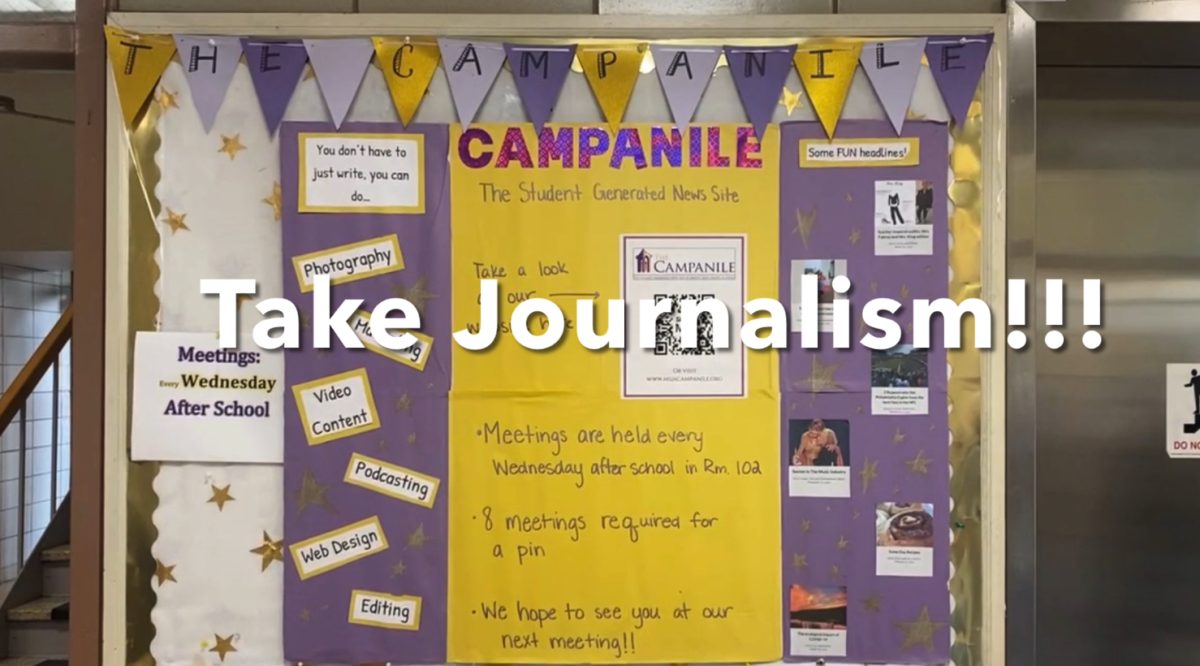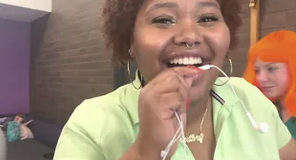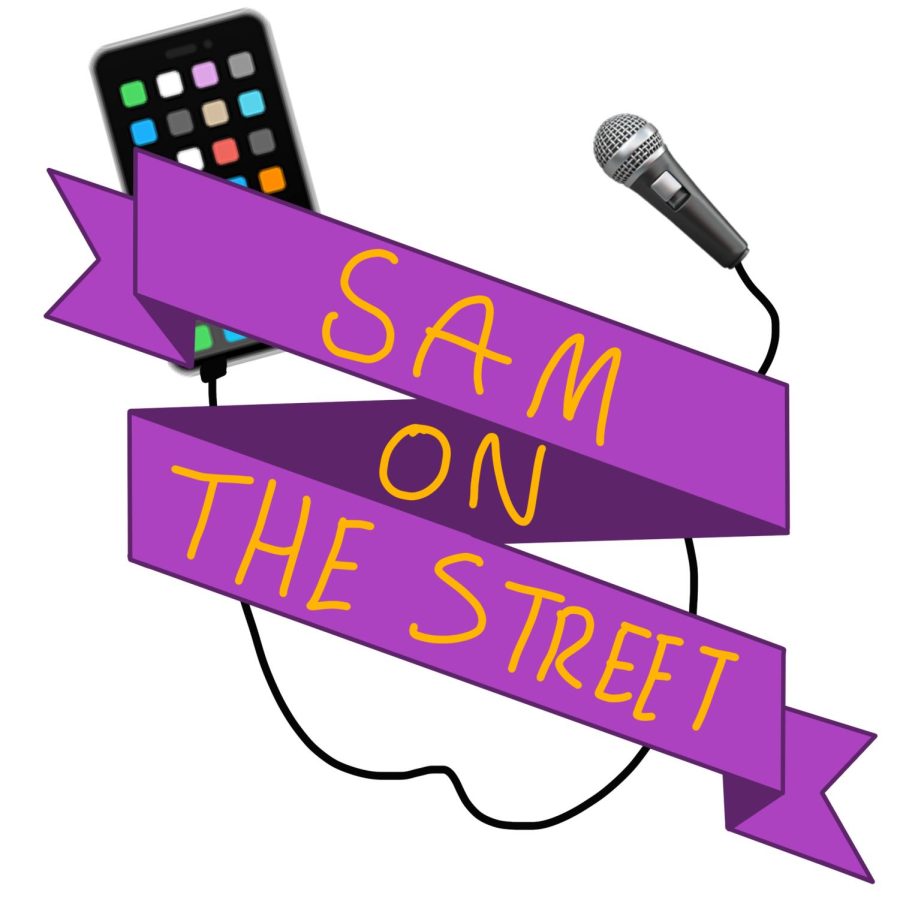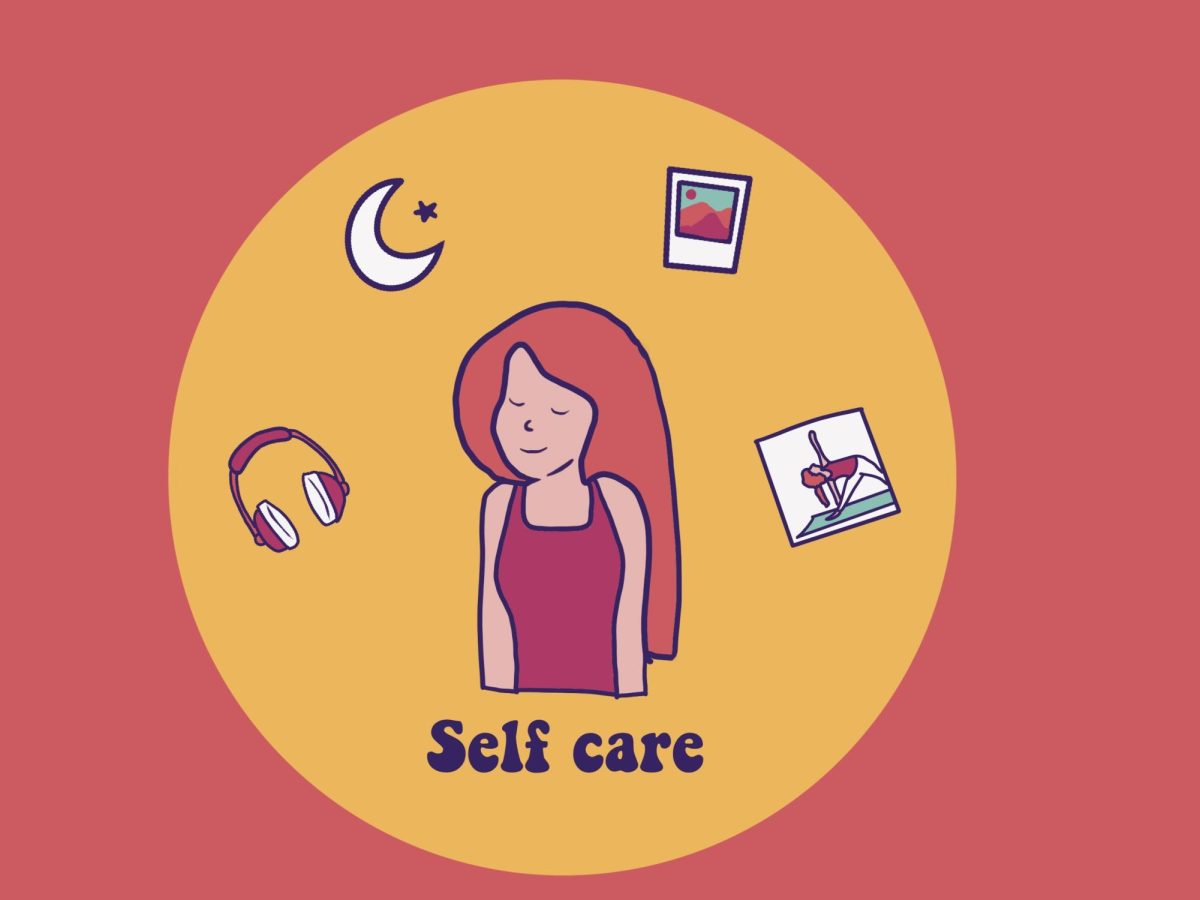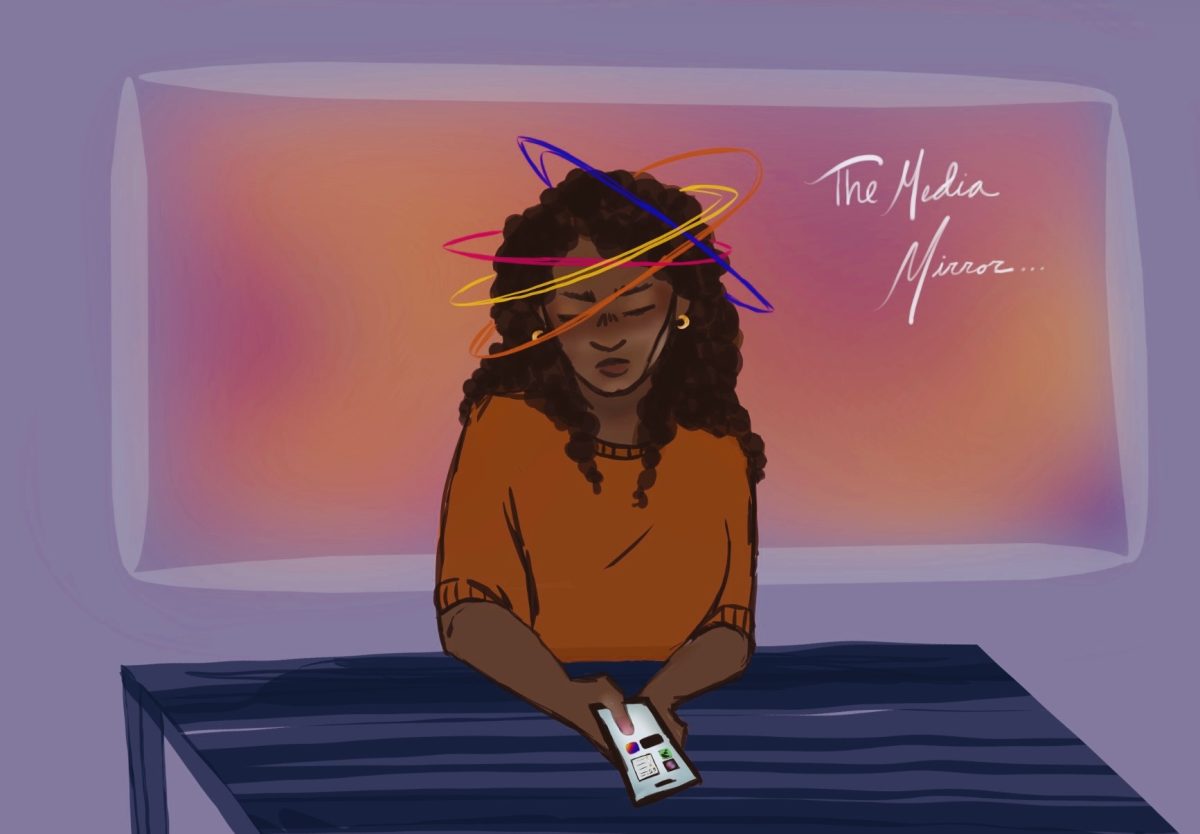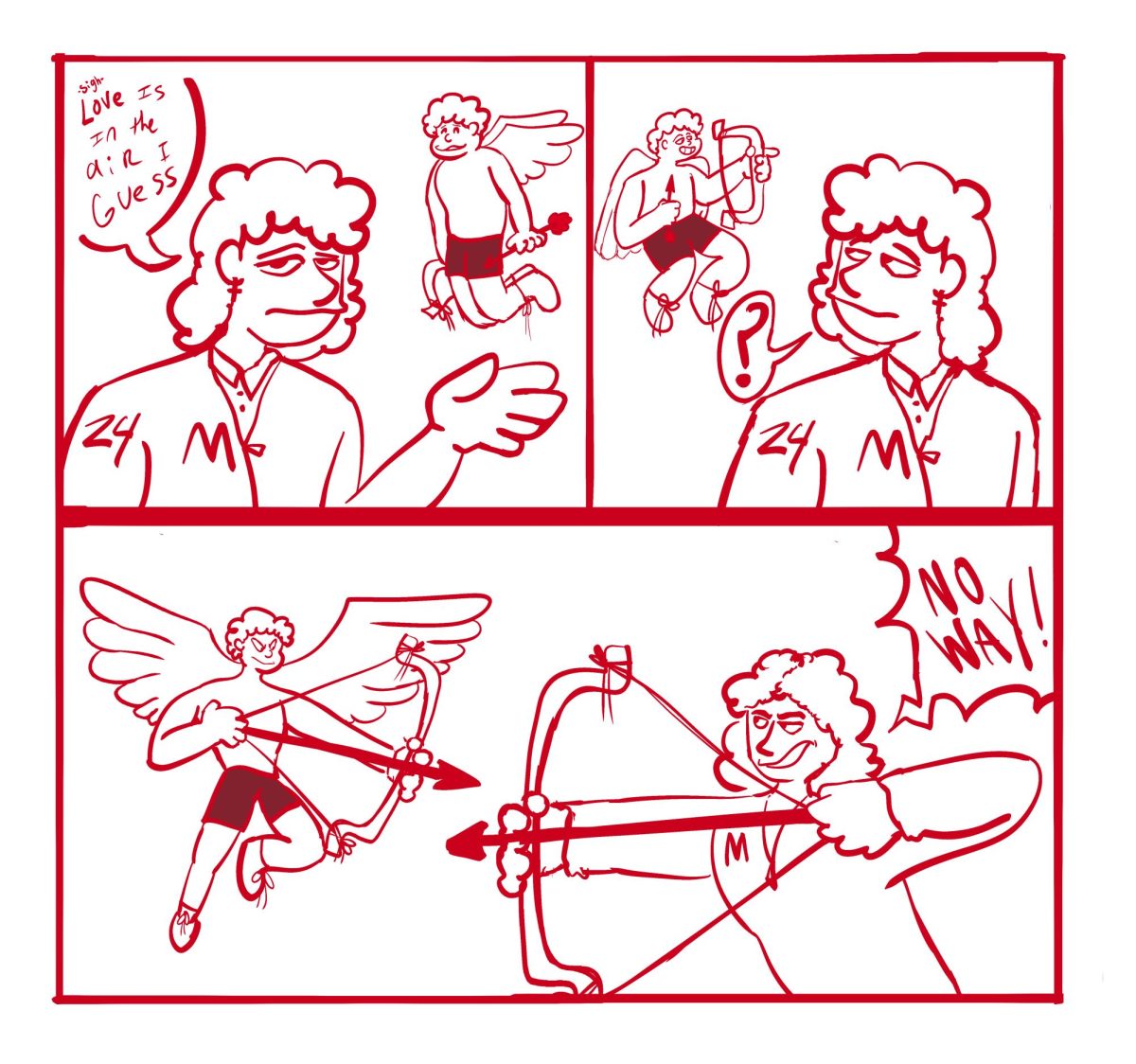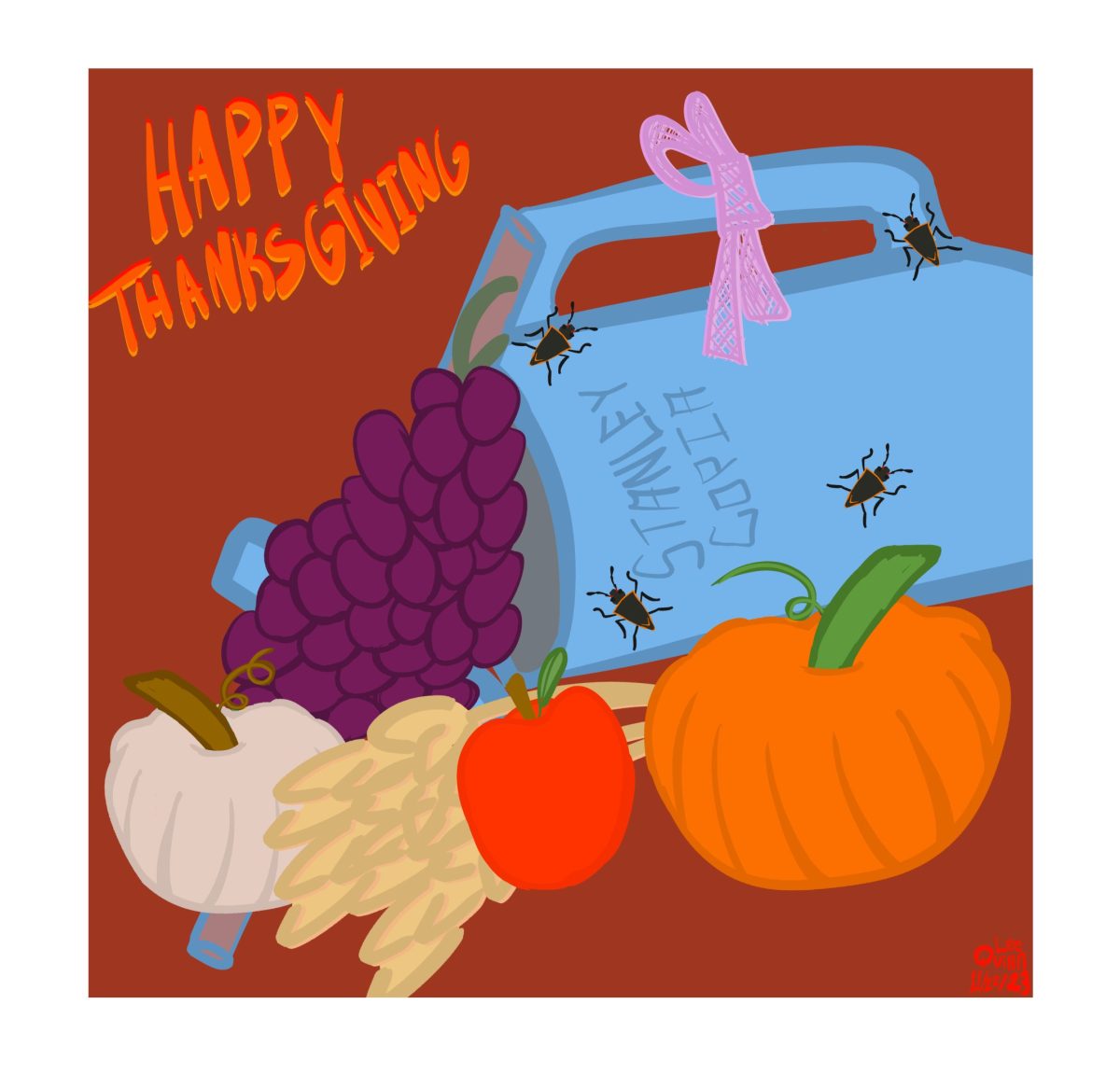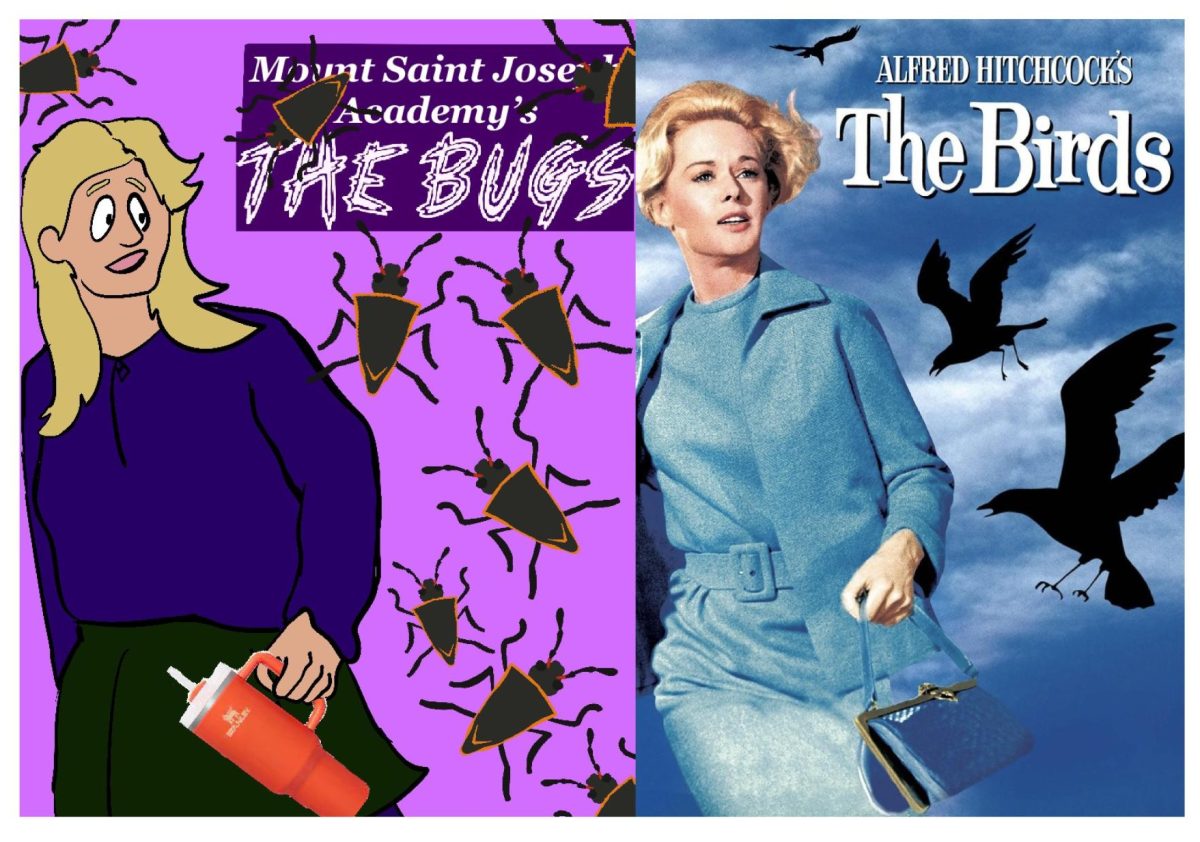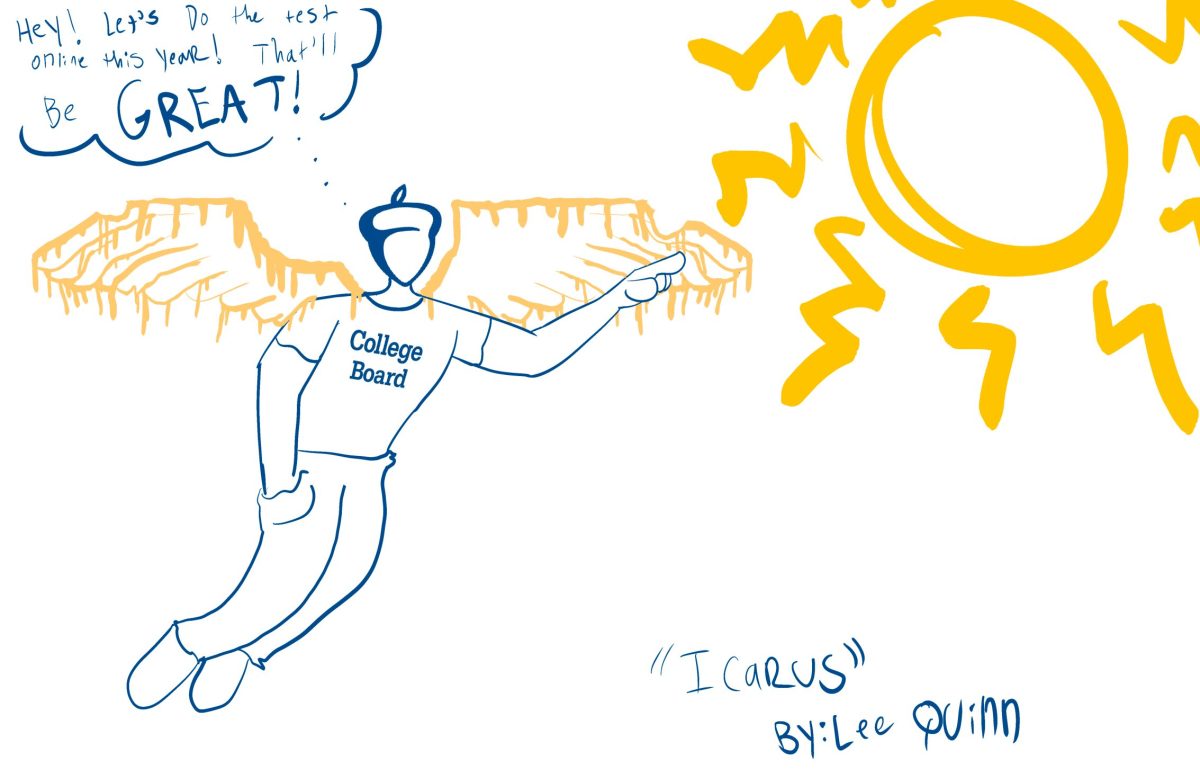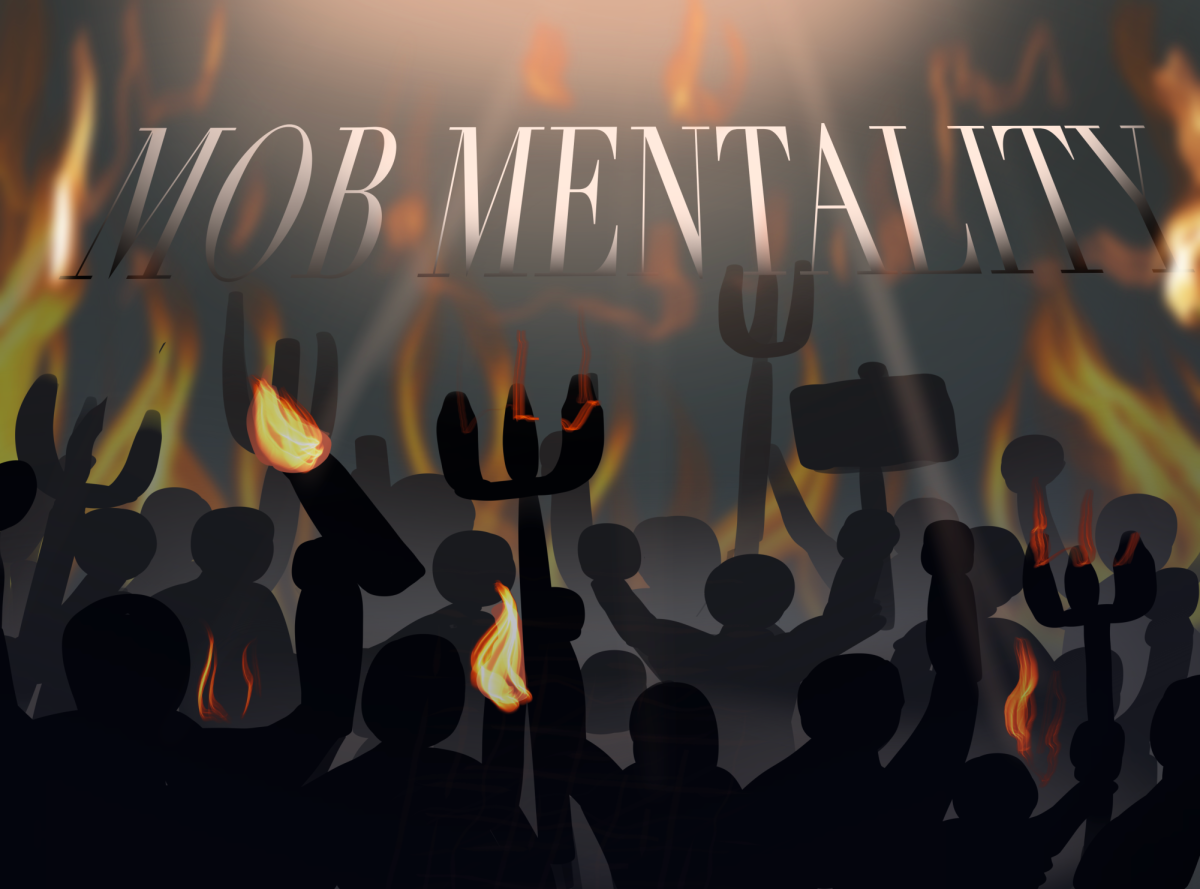The mob mentality has been around for centuries, but in our modern world it has taken root on phone screens. Social media has become a lightning rod for modern-day mobs to congregate online, with misinformation and propaganda spreading faster than ever before within feeds and algorithms.
The History of the Mob
According to Merriam Webster, mob mentality is the tendency of the people in a group to think and behave in ways that conform with others in the group rather than as individuals.
The psychological phenomenon has persisted throughout history: the Salem Witch Trials, the French Revolution, the Red Scares, the Burning Man Festival, and most recently the January 6th Capital Riots. It seems to be deep-rooted in the chemical makeup of human minds and society.
“A lot of it has to do with dissatisfaction with yourself, so you latch onto something greater. It’s not an uncommon human thing to want to be part of something bigger. It’s being something that you’re not to fit in. There’s a theme of judgement. When you’re with the crowd you’re not bearing responsibility,” history teacher and former AP Psychology teacher Mr. Anthony Nardini said.
While there is an element of mob mentality in cancel culture, celebrity culture and even consumer culture, the most influential mob mentality has taken form in American politics via social media.
Mob Mentality in Social Media
According to the Pew Research Center, 54% of adults got at least some of their news from social media in 2024, an increase over the past few years. This presents a level of concern. Not only does the mob mentality warp users’ opinions on prevalent figures or issues, but undermines their own personal beliefs.
The harmful element of political mobs on social media is that they often take propaganda and false claims as news. And because of the mob mentality, they rally around ideas or claims without any question or individual critical thinking. According to Forbes, often users’ minds are not changed, even when presented with facts. And by the time facts are revealed, the mob has already run far beyond the truth.
Social media users are filtered content through algorithms, so it is difficult for a contradicting idea or counterargument to come through onto one’s feed rather than one that they agree with. Therefore many users are only exposed to ideas or content that they are likely to repost or share, emphasizing their beliefs.
“I think it’s harmful because without a spread of ideas you can’t get to know different perspectives when you are stuck to one belief,” Lexi Kelly ‘26 said.
However, as users are not exposed to anything that may prove to be loose points in their arguments, prove them wrong or make them think differently, they believe that what their feed displays is completely accurate, because they are not presented with anything to contradict it.
Users think that their way of thinking is the only right way to think, because their whole entire social media feed feeds into that fantasy. They get lost in the mob mentality with the rest of users who hold the same view points.
Not only has the mob mentality taken form in social media, but people are more likely to fall prey to the mob mindset because of it.
Social media offers the curtain of anonymity to hide behind. There is a lower level of commitment than previous mobs throughout history, such as the French Revolution. The French mobs barricaded the streets and were willing to meet the guillotine for their cause.

Photo by Library of Congress on Unsplash
The Danger of the Modern Mob
But in our modern world, it is easier to slip your phone back into your pocket after posting your support rather than actually going to a protest. This makes it even easier to become part of the mob, because the stakes and consequences are lower. You can hide behind a screen rather than take to the streets.
“It’s easy for people to become part of the anonymous group rather than think for themselves. Social media makes it easier to become a part of things without actually becoming a part of things. There’s a detachment now. If you think back to the 60’s during Civil Rights, you were out there handing out pamphlets and walking with a sign. There was a larger level of vulnerability,” Mr. Nardini said.
The mob mentality is most prevalent in comment sections, particularly in political posts, both positive and negative. In highly contentious comment sections, there are often comments saying that they hold irrefutable support for an issue or an idea, bringing thousands of other users commenting and liking the same thing, especially when a certain topic or issue is “trending”.
Or there is a complete rally in the comments tearing down whatever idea it is without using facts or logic, hurling insults and hatred at the post. This is not always the case, as some comment sections are filled with positivity and support or intelligence to back their point, but the common rhetoric in controversial posts have taken a hostile angle, especially around politics. The comments act as catalysts for contention.
“There’s definitely one certain opinion that people keep coming back to, whether that’s good or bad. And people keep using that same idea to craft their comment,” Keira McCarthy ‘26 said.
Not only is being a part of the online mob an easy thing, but it feels good. It feels good to have your post or story liked by someone who feels the same way as you do. To read comments that agree with what you think you believe. It fuels the dopamine function in our brains, to constantly have something to rally around and get instant gratification or feedback.
Social media is a machine designed to make a profit. The platforms make a profit through engagement, ads, and propaganda. The owners of companies such as Meta do not care about the online mobs their platforms foster or the false news they produce. They care about profit.
